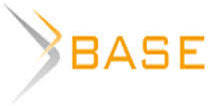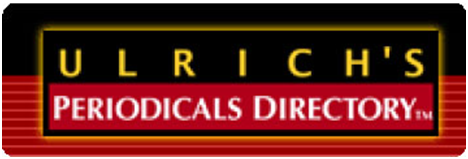Industry-specific features of determining the comprehensive effectiveness of the restructuring of vertically integrated food industry organizations
In modern economic conditions, restructuring is an important tool for ensuring the effective functioning of organizations. In the food industry, a widely used way of restructuring is the creation of vertically integrated organizations. This is primarily due to the high level of competition in the industry and the presence of large competitors, such as transnational corporations. The restructuring of vertically integrated structures in the food industry is a complex process aimed at improving the efficiency of organizations, as well as providing competitive advantages. Accordingly, in order to determine the comprehensive effectiveness of the restructuring of vertically integrated structures in the food industry, it is necessary to take into account the industry specifics of the organizations forming the structure. Efficiency calculation involves identifying the main areas of growth and sources of potential effects and competitive advantages, as well as identifying possible areas of potential risks that can reduce the level of efficiency of the entire system. The advantages identified in the growth zones are divided by types of synergy: financial, investment, managerial, operational and marketing. The article also considers the qualitative indicators necessary for a comprehensive assessment of the effectiveness of restructuring. The main causal relationships between the goals of vertical integration and the choice of specific criteria for its effectiveness and evaluation indicators are considered.
Solodukha M. V. (2022), “Industry-specific features of determining the comprehensive effectiveness of the restructuring of vertically integrated food industry organizations”, Research Result. Business and Service Technologies, 8 (3), pp. 112-120. DOI: 10.18413/2408-9346-2022-8-3-0-10
















While nobody left any comments to this publication.
You can be first.
Ansoff, I. (1989), Strategicheskoe upravlenie [Strategic management], Ehkonomika, Moscow, Russia.
Balaban, V. A. (2006), “Synergy: spheres of manifestation and sources of receipt”, Vestnik TSUE, 3, pp. 90-98.
Damodaran, A (2004), Investicionnaya ocenka: instrumenty i metody ocenki lyubykh aktivov [Investment valuation: tools and methods for valuation of any assets], Alpina biznes buks, Moscow, Russia.
Degree of the President of the Republic of Belarus # 385 (2021), “On the establishment and operation of holdings” [Online], available at: https://pravo.by/document/?guid=12551&p0=P32100385&p1=1 (Accessed: 29.07.2022).
Gusakov, V. G. (2008), Novejshaya ehkonomika i organizaciya selskogo khozyajstva v usloviyakh stanovleniya rynka nauchnyj poisk problem resheniya [The newest economy and organization of agriculture in the conditions of formation of the market scientific search for problems solutions], Belorusskaya nauka, Minsk, Belarus.
Gusakov, V. G. and Zapolski, M. I. (2010), Korporativno-integracionnye otnosheniya v agrarnom sektore ehkonomiki [Corporate integration relations in the agricultural sector of the economy], Belarus navuka, Minsk, Belarus.
Kasyanenko, T. G. (2017), “A systematic view of synergy: definition, typology and sources of synergy” [Online], available at: https://cyberleninka.ru/article/n/sistemnyy-vzglyad-na-sinergiyu-opredelenie-tipologiya-i-istochniki-sinergicheskogo-effekta/viewer (Accessed: 10.08.2022).
National strategy for sustainable socio-economic development of the Republic of Belarus (2015), Economic Bulletin of the Research Institute of the ministry of economy of the Republic of Belarus, Minsk, Belarus.
Savickij, D. V. (2017), “Synergetic effect: approaches to definition and classification” [Online], available at: https://cyberleninka.ru/article/n/sinergeticheskiy-effekt-podhody-k-opredeleniyu-i-klassifikatsiya/viewer (Accessed: 01.08.2022).
Shutilov, V. F (2013), “Methods for evaluating the effectiveness and synergetic effects of clusters” [Online], available at: https://cyberleninka.ru/article/n/metody-otsenki-effektivnosti-i-sinergeticheskiy-effekt-klasterov/viewer (Accessed: 01.08. 2022).
Tax Code of the Republic of Belarus: with amendments and additions as of January 1, 2019 (2019), nat. centre of inf. of the Republic of Belarus, Minsk, Belarus.
Zhurova, L. I/ (2016), “Approaches to assessing the synergistic effect of the corporate system”, Bulletin of the Tatishchev Volga University, 3, pp. 26-31.